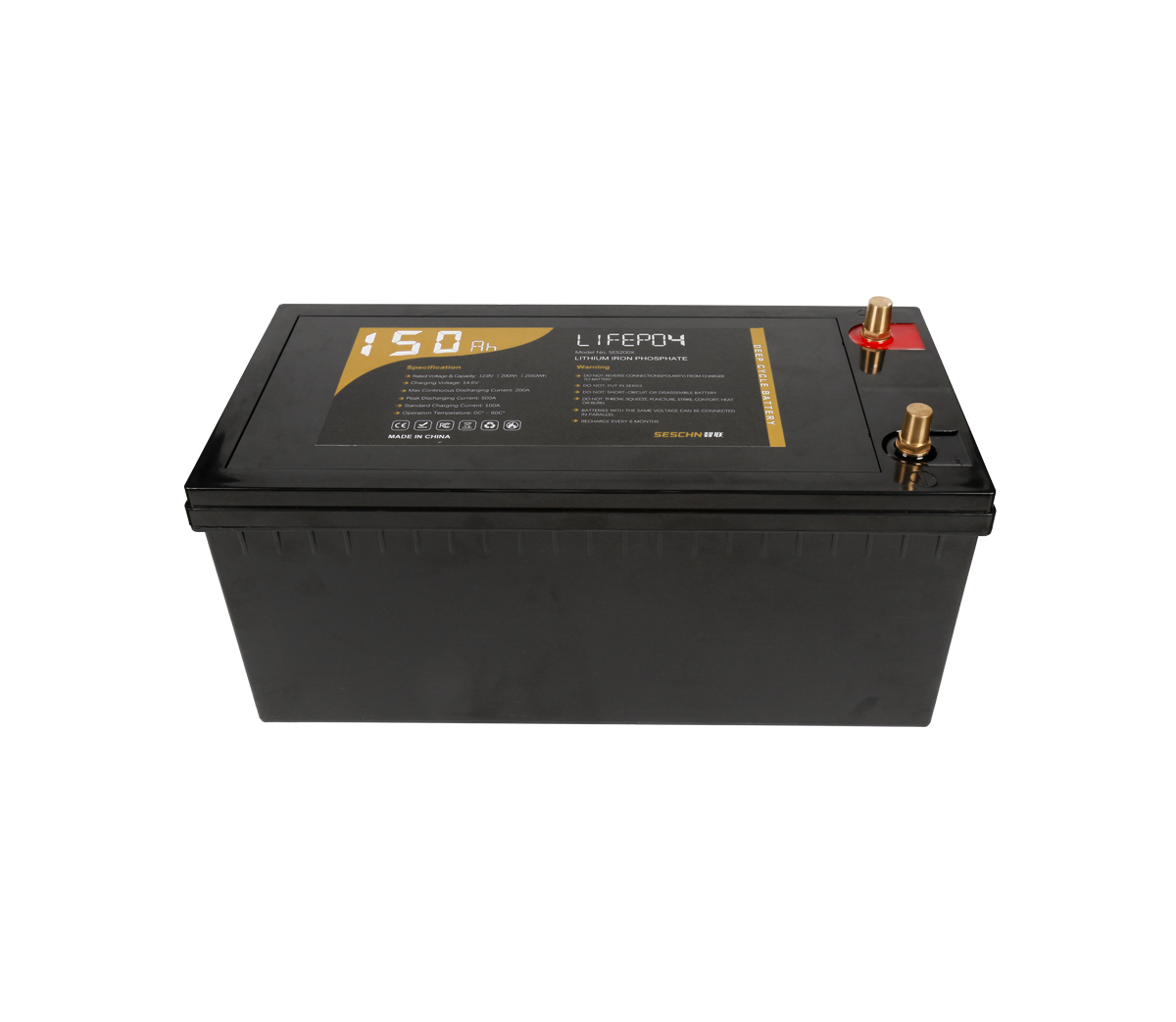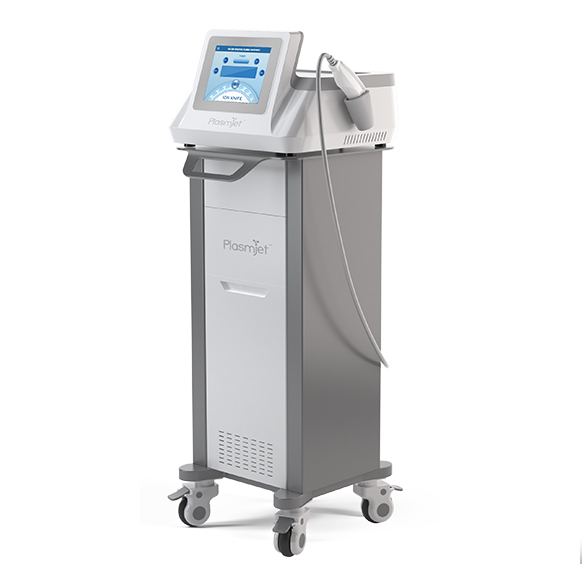The transformation of the automobile industry to electric vehicles and the transformation of chemical energy to clean energy have become the consensus of countries around the world, which has led to competition for the raw materials needed to manufacture lithium-ion batteries, especially lithium and cobalt ores.
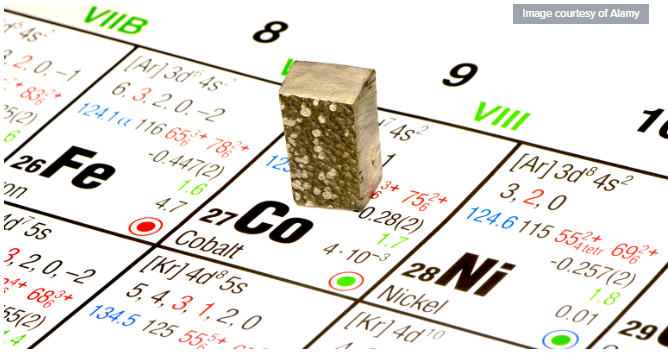
Cobalt is a key material for high-performance lithium-ion batteries, yet rapidly accelerating demand for the element has led to huge questions about the sustainability of its supply.
SES Power has 20 years of rich experience in the customized lithium battery industry. Our products are mainly focused on energy storage system integration and lithium batteries in special scenarios, such as fully intelligent lead-acid replacement products with Bluetooth or RS485 communication ( Lithium iron phosphate 12V100Ah, 12V200Ah), CCA2000A lithium iron phosphate high-current starting lithium battery (directly replacing automobile lead-acid starting battery), UPS high-voltage lithium battery system (up to 860V), 3Kw~20Kw off-grid, grid-connected, island-type lithium battery Energy storage system, base station communication backup battery system (standard 19 inches), full set of photovoltaic energy storage components, normal charging and discharging lithium batteries under -40 degrees Celsius environment.
Therefore, we are also very concerned about the shortage of cobalt, because it is related to the healthy development of the lithium-ion battery industry.
A: Is cobalt really in short supply?
Some experts explained in the interview that because the batteries of consumer electronic devices need several grams of cobalt, it did not feel that cobalt is a very scarce resource before, but the capacity of electric vehicles and energy storage systems is very huge, usually requiring several kilograms. Material.
Commodity industry researcher CRU found in a report by the Cobalt Institute that lithium-ion battery applications account for 63% of cobalt demand, and electric vehicles have become the first application scenario for cobalt, accounting for 34% of demand.
Cobalt is a rare metal, making up only 0.001% of the Earth's crust. It is added to lithium-ion battery cathodes to effectively improve energy density and battery life.
According to ResearchandMarkets.com's cobalt market research report, the global cobalt industry is forecast to grow from $7.6 billion to $17.4 billion from 2020 to 2027.
The vast majority of mined cobalt, about 74 percent, comes from the Democratic Republic of Congo (DRC), where unsupervised small "artisanal" mines have been plagued by unsafe working conditions and child labor. Problematic artisanal mines in the Republic of Congo account for 12 percent of the country's cobalt production.
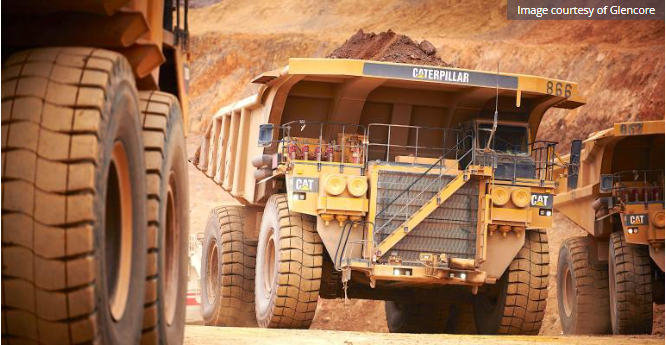
(A dump truck transports ore at Glencore's Ktanaga mine in the Republic of Congo)
To address the use of unethically sourced cobalt from unregulated mines, the Congo Cobalt Corporation has set standards for such mines.
B: What should companies do to avoid the lack of cobalt?
General Motors has entered into a multi-year purchase agreement with Glencore to supply GM with cobalt from the Murrin Murrin project in Australia. Cobalt processed from Australia will be used in GM's Ultium battery cathodes, which power electric vehicles such as the Chevrolet Silverado, GMC Hummer and Cadillac Lyriq.
"GM and our suppliers are building an electric vehicle ecosystem focused on sourcing critical raw materials in a safe and sustainable manner," said Jeff Morrison, vice president of global procurement and supply chain at GM. A key role in our carbon footprint, this agreement will align with responsible sourcing and supply chain management approaches.”
With GM planning to produce one million electric vehicles in North America by the end of 2025, the company announced a series of projects to create a new, safer electric vehicle supply chain, including key materials and components for electric vehicles:
1. GM and Korea's POSCO Chemical established a new plant in Quebec, Canada to produce Ultium battery cathode active materials for GM.
2. Geothermal energy developer Controlled Thermal Resources (CTR) produces lithium in the first phase of its Clinton project in California.
3. MP Materials will establish the first alloy flake processing base in North America. The company will expand magnet manufacturing at its new Fort Worth, Texas, production site around 2025.
4. Cooperate with VAC for permanent magnets, VAC is the largest permanent magnet manufacturer in the Western Hemisphere with a history of nearly 100 years. Beginning in 2024, VAC will establish a North American footprint to support GM magnet needs, including locally sourced raw materials and finished magnet production.
C: Recycling is a good and environmentally friendly route
Recycling cobalt from batteries for use in new car batteries will play an important role.
However, McCarthy, the Cobalt Institute, said there were not enough retired vehicles on the road to make a significant contribution to the supply chain, and consumer electronics that had been using large amounts of cobalt lacked recycling systems to recycle the cobalt.
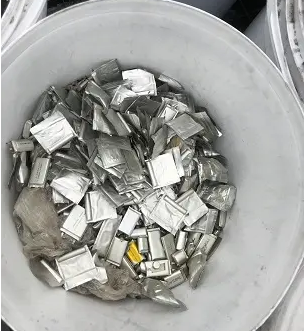
He also said: "Only 10% of the cobalt is currently recycled."
He said the EU plans to develop a "battery passport" that would allow all carmakers to verify the origin of all materials used to make car batteries in the future, which would require a portion of recycled materials to be included.
McCarthy said: "We have to use secondary materials. This will be a necessary part of the transition to electric vehicles. They cannot be thrown into landfills. At the end of life, we have the opportunity to recycle these materials and return them to value chain."
The CRU report suggests that by 2050, 67% of battery cobalt should come from secondary sources.
D: Get more cobalt at the bottom of the ocean?
Finally, there is another potential source of cobalt, along with many other rare metals, that looks attractive but environmentally sensitive: the US Geological Survey estimates that there are 7 million tons of cobalt available for mining worldwide, but 120 million tons On rocky seafloors called "polymetallic seabed nodules".

McCarthy said the nodules would only need to be collected from the bottom of the ocean, but the industry is wary of the outrage from environmentalists. "There have been calls for a moratorium on deep sea mining, but because of the volume involved, it's an issue to be explored."
Regardless of how the marine nodules are ultimately handled, the lithium battery industry says the marine nodules are positioned to provide enough cobalt for the electric vehicle revolution.













